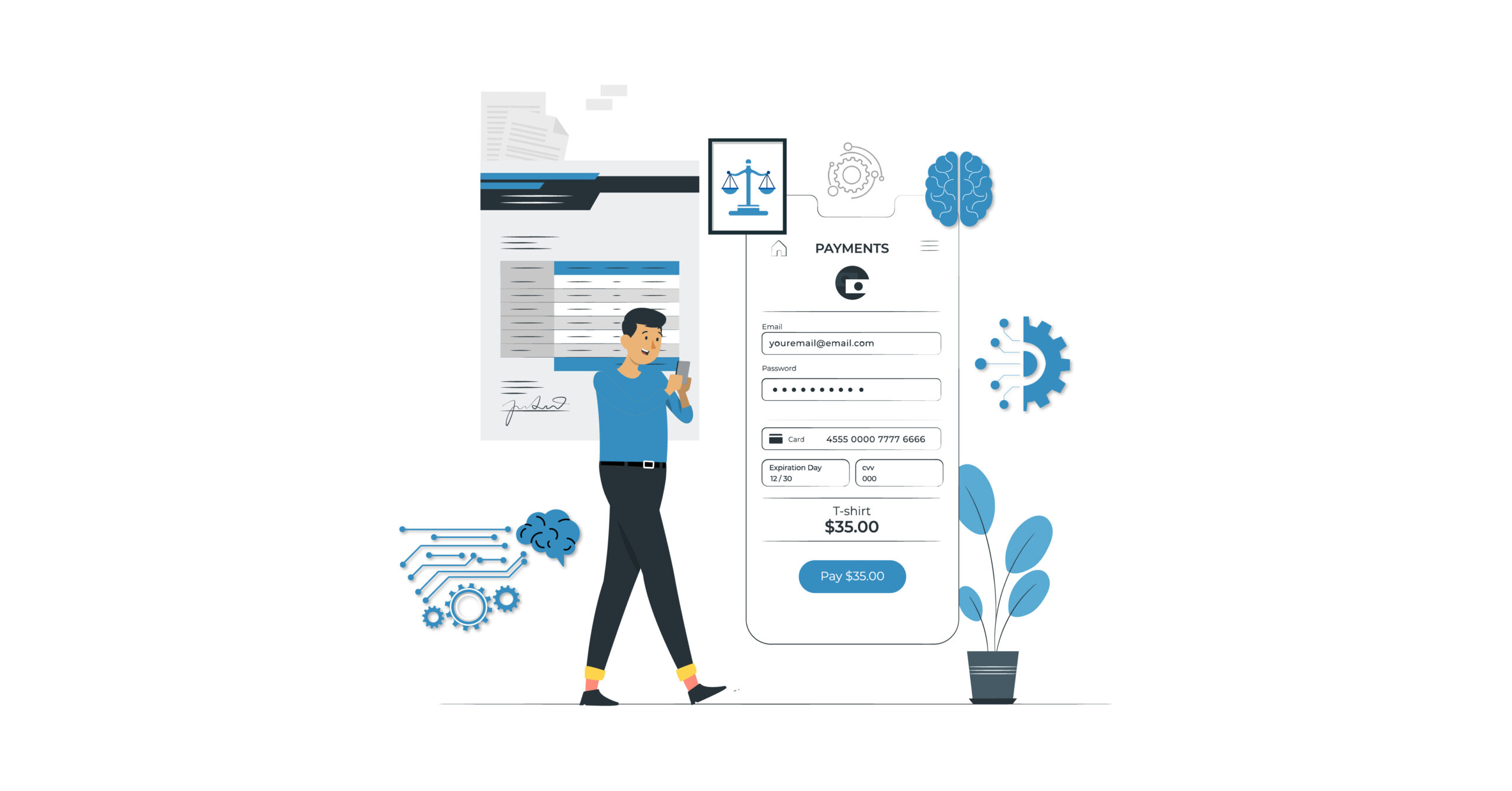In order to succeed during an economic downturn, it is essential to evaluate the state of your Accounts Payable department and ensure your organization is financially equipped to handle unforeseen circumstances. Relying on manual AP processing can prove to be a hindrance in navigating through uncertain times.
Manual methods of processing invoices and payments are not only inefficient and costly, but they also lack the necessary visibility for effective decision-making. Therefore, upgrading to automated AP processes can be an effective starting point in recession-proofing your organization.
How do businesses respond to the recession?

Increasing prices: Raising prices can boost sales, but it can also backfire by causing customer dissatisfaction and loss of loyalty. Some consumers or business customers may be unwilling or unable to pay the increased costs, which could result in customer churn. This, in turn, can lead to a decline in long-term customer value, an increase in customer acquisition costs, and a loss of market share to competitors with more competitive pricing.
Cost cutting: Cost reduction measures may involve hiring freezes, layoffs, order cancellations, suspension or cancellation of capital-intensive projects and acquisitions, or divestment from unprofitable product lines or business segments. While cost-cutting is necessary at times, these strategies can hamper short-term growth. For instance, layoffs can result in reduced resources, which can negatively impact the quality of output, productivity, and team dynamics.
How AP gets affected by the recession?
The impact of a recession on the accounts payable (AP) team can be more significant compared to other departments. Like other teams, AP and finance may also experience resource constraints due to layoffs, hiring freezes, or budget cuts for business process outsourcing (BPO) or other services during a recession. However, during tough times, businesses tend to demand more from their AP departments, as was evident during the pandemic.
Today, AP has become a more strategic function, shedding its image as a back-office administrative task. Many AP departments are now expected to provide real-time cash forecasting, financial planning, budget analysis, risk management, and compliance reports. These responsibilities must be handled while also managing supplier relationships and navigating unpredictable supply chains.
Given the current business climate, maintaining supplier relationships has become increasingly crucial for AP teams.
Fortunately, several businesses recognized the importance of AP automation during the pandemic and listed it as a top priority. This measure was taken to equip their staff with the necessary tools and resources to manage the additional workload. However, during a recession, when capital constraints are tighter, these projects are often put on hold by businesses.
The changing landscape of roles and responsibilities

In recent times, business executives have assigned their AP departments more strategic roles, entailing additional responsibilities. Besides their traditional tasks, teams are now expected to undertake the following:
• Realign cash forecasting
• Collaborate with sales and marketing teams to review pricing and margins
• Enhance the efficiency of the supply chain
• Discover new suppliers and oversee existing vendor relationships
• Implement cost-cutting measures in coordination with finance, operations, HR, and other departments
• Review investment decisions, acquisitions, and divestitures
• Identify opportunities for automation and digital transformation to reduce costs
The power of Accounts Payable automation

AP automation is an ideal tool to tackle numerous challenges triggered by economic downturns as it offers the following benefits:
• Lowering invoice-processing expenses and vulnerability to fraudulent activities
• Reduced errors in payments and less time-consuming in rectifying them
AP teams can enhance their efficiency by partnering with an AP automation vendor that also provides managed services as part of a comprehensive solution. They can assist your team in further reducing the risk of negative outcomes during a recession by providing expert back-office support in areas such as continuous payment optimization, supplier enrollment, enablement, and support.
Effective AP automation solutions that leverage a combination of software and managed services can offer additional assistance to AP staff without increasing headcount or staffing expenses. While several companies may feel wary about technology investments during a recession, AP automation is one of the few solutions that can help businesses overcome hardships and emerge prepared for growth.
1. Streamline invoice workflows
Optimizing invoice workflows can have a significant impact on AP efficiency and productivity. With full invoice-to-pay automation capabilities, invoices can be captured and coded with significantly fewer errors compared to manual data entry. This reduces the amount of time spent on manual, paper-based invoice processing and allows AP to focus on more critical tasks. Streamlining invoice approvals also frees up time for department heads and purchasing agents, enabling them to concentrate on strategic initiatives instead of being consumed with invoice reviews and approvals.
2. Improve visibility and insight
AP automation solutions deliver comprehensive visibility and greater control over all aspects of the AP process. These solutions come equipped with user-friendly tools and centralized reporting features that allow all stakeholders to get a real-time overview of AP expenditure. With these tools, users can filter and drill down to understand the status of any invoice at any given moment, giving them complete transparency into their organization’s financial processes.
3. Empower and engage remote employees
The widespread adoption of automation has driven businesses to adjust their procedures and adopt new technologies to simplify their workflows. This is particularly relevant due to the rise of hybrid and remote work models. Gone are the days when AP personnel needed to be present in a central office to route invoice approvals or print and mail checks. Now, AP automation empowers staff to examine and authorize invoices or pay vendors from anywhere using any device.
4. Strengthen vendor relationships
Suppliers and vendors are crucial to the success of any business. In the wake of post-pandemic supply chain challenges, it is imperative to maintain healthy relationships with existing suppliers. AP automation enables teams to pay suppliers on time, which fosters and sustains productive relationships. With the right AP automation solution, teams can also leverage valuable insights and data to negotiate favorable payment terms, capture discounts, and shift spend towards preferred vendors.
5. Deliver top payment priorities for suppliers
The primary concerns of suppliers are receiving timely payments and accurate remuneration. Although economic downturns may pose challenges to meeting these objectives, the implementation of accounts payable automation can enhance a company’s capability to satisfy supplier needs. This, in turn, fosters more positive and fruitful long-term relationships with suppliers.
6. Benefits for the entire organization
For business investments in technology to be truly transformative, they should accomplish more than just reducing expenses and improving efficiencies in a single department. The genuine value of such investments is assessed by the impact they have on the entire organization, leading to growth and enhanced profitability. Although accounts payable (AP) automation solutions may directly benefit accounting and finance teams, they also yield various advantages that span the organization.
7. Increased control over cash Flow
Finance teams equipped with an AP automation tool can leverage the tool’s reporting features and improved insights to gain a detailed understanding of metrics such as days payable outstanding (DPO), outstanding invoices, and other relevant category reports. This enables the company to make informed decisions regarding payment timing, supporting cash management strategies and requirements – especially during challenging economic conditions. Increased visibility and control over cash flow allow for tighter management, empowering the entire C-suite to swiftly respond to market changes and make better decisions regarding operations across the organization.
8. Boost staff productivity
With automation, companies can avoid hiring additional staff while providing existing employees with the opportunity to learn new skills and concentrate on higher-value initiatives such as optimizing receivables, providing proactive support to suppliers, or developing new internal processes. By eliminating the need for manual AP tasks, companies can free up staff, allowing them to be more productive, engaged, and focused on driving the company’s success. The time saved in processing invoices can be used to work with Purchasing or other departments to enhance sourcing contracts and optimize supplier relationships and terms.
Reduced costs and generate new revenue

In addition, AP automation can aid in increasing top-line revenue growth and strengthening the bottom line, providing companies with a much-needed boost during a recession. Research indicates that eliminating paper-based AP processes, manual data entry, and adopting ePayments can reduce the costs per invoice by up to 430%, a crucial advantage in improving margins. However, it is not just the bottom line that benefits from automation. Rebates from virtual card ePayments can generate significant new revenues, resulting in a complete return on investment (ROI) for AP or funding other areas of the business.
Interesting stats to consider

According to a recent report by Ardent Partners, businesses that implement Accounts Payable automation can achieve:
A 64% reduction in invoice processing costs
A 73% reduction in invoice processing time
A 58% reduction in invoice exceptions
A 65% increase in early payment discounts
A 90% improvement in data accuracy
Preparing AP for the Future from Recession
It may seem obvious, but it is true: No business wants to encounter a recession or financial hurdles in the short term. We all hope that the warning signs are incorrect or that circumstances will improve to avoid an economic slowdown in the near future. However, if we are unable to avert these challenges, AP automation can be a powerful advantage in helping businesses respond.
It is a single solution that provides numerous benefits to all parts of the organization, effectively addressing the dilemmas raised by a recession. Furthermore, AP automation represents an investment in innovation, productivity, and business improvement that will serve any company well – both during times of economic hardship and beyond.





